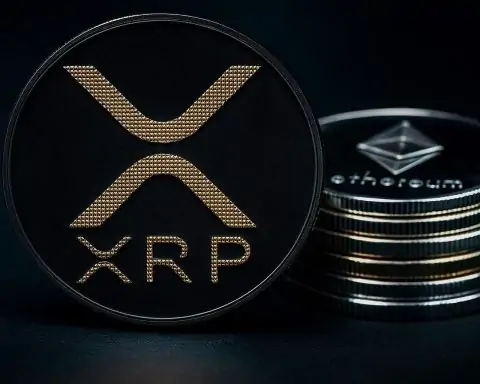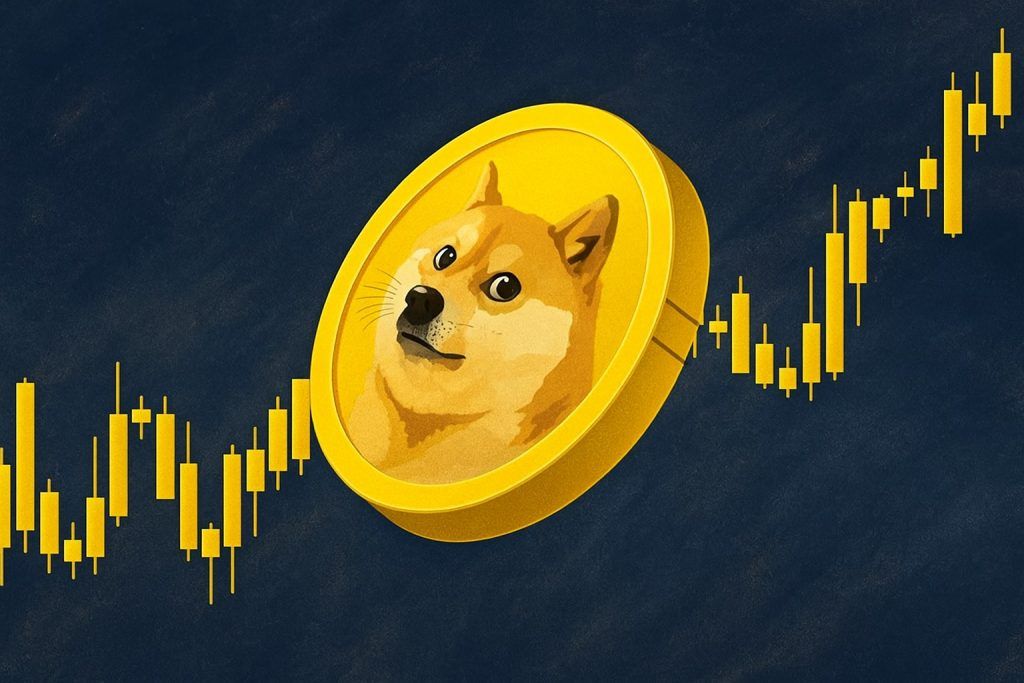November 18, 2025 — Vanguard has officially entered U.S. human‑run, stock‑picking ETFs. Three new funds—Vanguard Wellington Dividend Growth Active ETF (VDIG), Vanguard Wellington U.S. Growth Active ETF (VUSG), and Vanguard Wellington U.S. Value Active ETF (VUSV)—listed this morning on Cboe BZX and began trading via a new‑issue auction at the opening bell. Cboe’s listing notice confirms tickers, CUSIPs, and the Nov. 18 first‑trade date. [1]
What launched today—and why it matters
Vanguard’s move extends its active ETF push from bonds into concentrated, stock‑selecting equity strategies run by long‑time partner Wellington Management. The firm previewed these strategies over the summer; today’s launch makes them real for U.S. ETF investors. According to ETF.com’s filing analysis, the funds are designed as follows: [2]
- VDIG — Dividend Growth (Active): ~25 large‑cap companies with rising dividends; benchmark reference: S&P U.S. Dividend Growers Index; 0.40% expense ratio.
- VUSG — U.S. Growth (Active): ~40 higher‑growth U.S. names; benchmark reference: Russell 1000 Growth; 0.35% expense ratio.
- VUSV — U.S. Value (Active): ~80 value‑tilted stocks; benchmark reference: Russell 1000 Value; 0.30% expense ratio.
Vanguard’s preliminary prospectuses filed with the SEC detail objectives, risks and mechanics for each fund; Wellington serves as sub‑advisor across the trio. (Prospectuses were marked “subject to completion” at filing; today’s listing indicates the registrations went effective.) [3]
Listing specifics: All three ETFs are Cboe BZX listings; CUSIPs are VDIG: 921938403; VUSG: 921938502; VUSV: 921938601. Cboe’s notice also reminds traders that newly listed ETPs open via a single New Issue Auction around 9:30 a.m. ET and print to Tape B. Expect wider bid/ask spreads at the open and consider limit orders. [4]
How these differ from Vanguard’s index stalwarts
The new funds are active, concentrated, and benchmark‑aware—very different from broad index workhorses such as VTI (total U.S. market), VOO (S&P 500), or VIG (dividend growers). Where those trackers live on ultra‑low fees and market‑cap breadth, VDIG/VUSG/VUSV make high‑conviction security selections and charge higher—though still competitive—fees for active equity ETFs. Industry coverage throughout the summer flagged that these would be among Vanguard’s priciest ETFs, which is expected given their fundamental, manager‑driven approach. [5]
The other big development shaping ETF land today
Separately, in a regulatory shift with direct implications for ETF structures Vanguard pioneered, the U.S. SEC approved Dimensional Fund Advisors to add ETF share classes to 13 mutual funds. Vanguard held a 20‑year patent on the ETF share‑class model (expired in 2023); DFA is now the first outside firm cleared to use it, with launches expected to begin in early 2026. This could widen access to mutual‑fund/ETF share‑class tax efficiencies across the industry and heat up competition around costs and structures long associated with Vanguard’s ETFs. [6]
Today’s quick‑reference: the new tickers
- VDIG — Vanguard Wellington Dividend Growth Active ETF (CUSIP 921938403) — Cboe BZX
- VUSG — Vanguard Wellington U.S. Growth Active ETF (CUSIP 921938502) — Cboe BZX
- VUSV — Vanguard Wellington U.S. Value Active ETF (CUSIP 921938601) — Cboe BZX
Listing and auction mechanics: Cboe New Issue Notification. [7]
Where the new funds fit in a Vanguard portfolio
- Dividend seekers:VDIG offers an actively managed complement to VIG (index). Expect a narrower, higher‑conviction basket aimed at dividend growth plus selection alpha, not just index rules. [8]
- Style tilts:VUSG and VUSV provide active growth and active value sleeves that sit alongside passive style ETFs (e.g., VUG/VTV). They may increase tracking error to broad‑market holdings—by design. [9]
- Costs & discipline: Expense ratios (0.30%–0.40%) are higher than Vanguard’s core index ETFs, but below the median for U.S. active equity ETFs. Evaluate whether potential stock‑selection benefits justify the fee step‑up in your allocation. [10]
Don’t overlook year‑end tax mechanics
Vanguard published its preliminary 2025 capital‑gains distribution estimates last week (as of Oct. 31). Final figures (including income) are scheduled for Dec. 9, with actual distributions in December. If you invest in taxable accounts, check your holdings’ record and ex‑dividend dates before adding to positions. (Note: the three new ETFs were not live as of Oct. 31.) [11]
What to watch next
- Day‑one trading quality: Volume, spreads, and first‑print pricing on VDIG/VUSG/VUSV as liquidity providers step in. Cboe’s auction process typically normalizes spreads after the open. [12]
- Fund literature updates: Final prospectuses and summary fact sheets as Vanguard and Wellington publish post‑effective materials. [13]
- Structure ripple effects: How the SEC’s share‑class greenlight for DFA influences tax efficiency, share‑class proliferation, and fee pressure across large asset managers, including Vanguard’s ETF ecosystem. [14]
Bottom line:
Nov. 18, 2025 is a milestone day for Vanguard ETFs. The firm’s first human‑run, stock‑picking equity ETFs are now trading—offering active takes on dividend growth, growth, and value—while regulators signal a broader future for ETF share‑class structures beyond Vanguard. Active stock selection at Vanguard will now be tested in the ETF arena that the company helped popularize, giving investors new building blocks to pair with its low‑cost index mainstays. [15]
This article is for information only and is not investment advice. Always read a fund’s prospectus and consider your objectives, risk tolerance, fees, and taxes before investing.
References
1. www.cboe.com, 2. www.etf.com, 3. www.sec.gov, 4. www.cboe.com, 5. www.etf.com, 6. www.reuters.com, 7. www.cboe.com, 8. www.etf.com, 9. www.etf.com, 10. www.etf.com, 11. investor.vanguard.com, 12. www.cboe.com, 13. www.sec.gov, 14. www.reuters.com, 15. www.cboe.com








